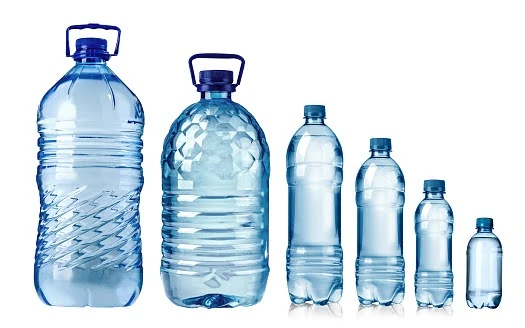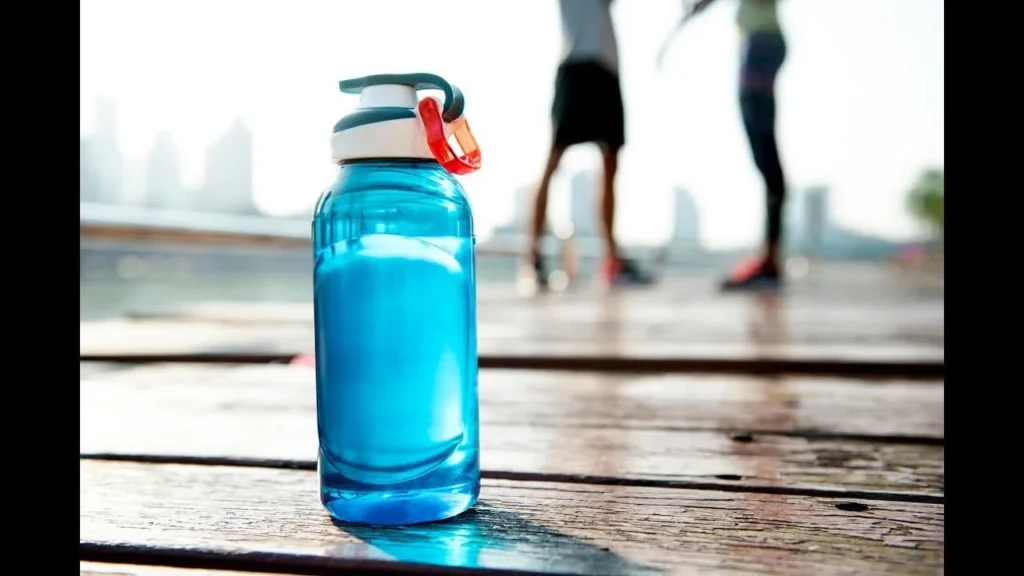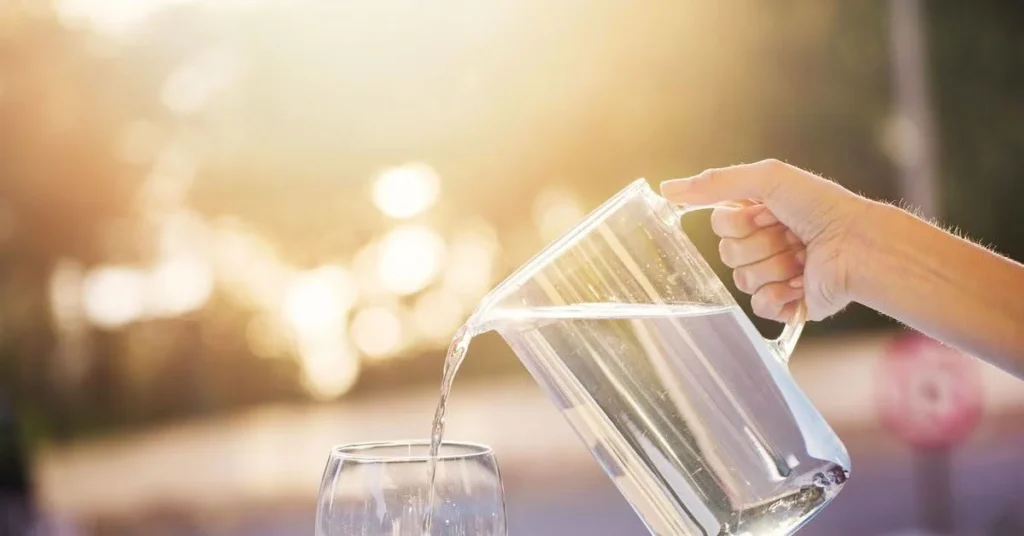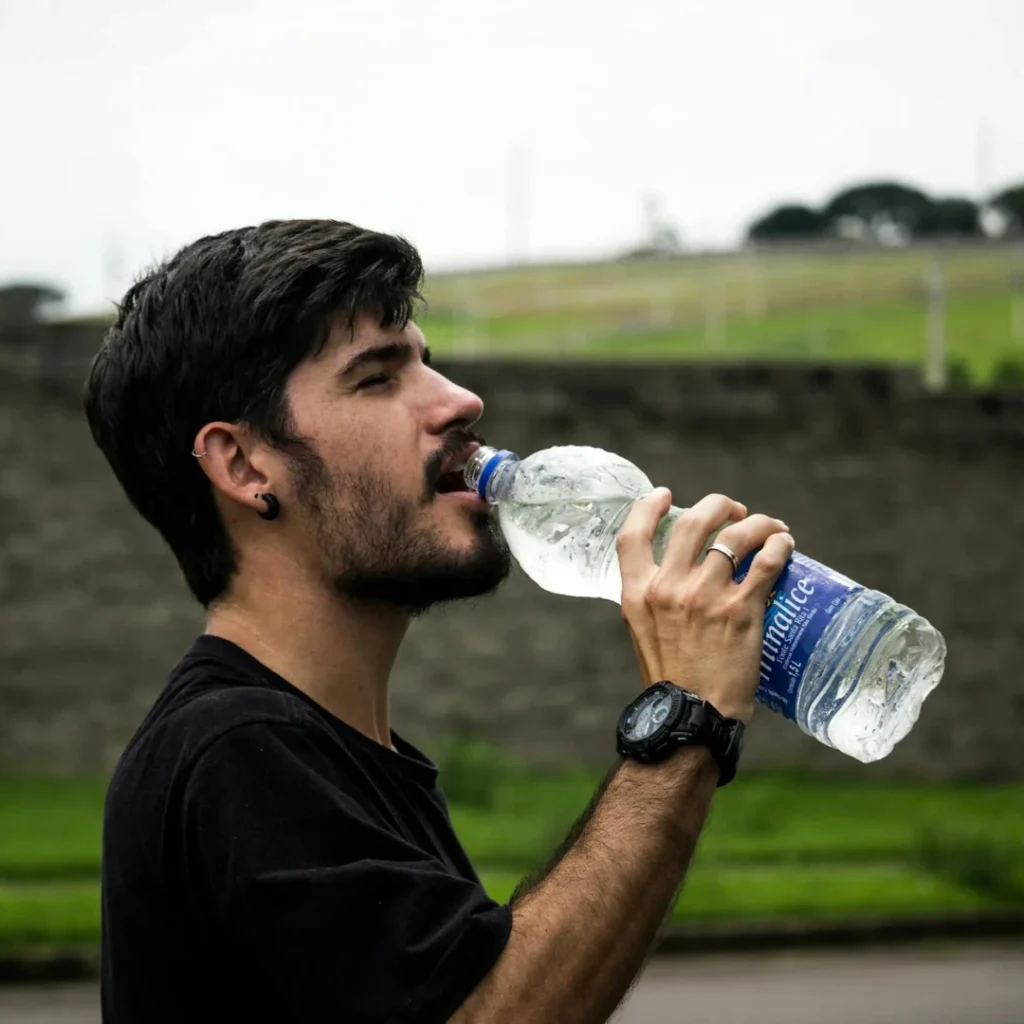
How Many oz in a Water Bottle?
Introduction
Excellent health depends on proper hydration because water remains fundamental for human life. Knowledge about water bottle size dimensions becomes vital because it determines your ability to monitor water intake levels through daily activities, training preparation, and water availability needs across the day. Consumers have access to two categories of water bottles that comprise single-use small plastic bottles along with bigger reusable bottles for multiple uses. The quantity of water each bottle holds is based on its volume specification. Choosing among multiple water bottle kinds requires determining which one best suits your requirements.
The following guide will present a detailed analysis of water bottle dimensions alongside unit conversions between ounces and alternative measurements with selection strategies and hydration strategies for daily use.
Common Water Bottle Sizes and Their Ounce Measurements
Water bottles come in many sizes, each catering to different needs. The most commonly available sizes include:
- 8 oz, equating to 237 mL, is a small drinking container designed to serve children and as free event beverages. Users can easily carry these bottles because of their mobility but the water capacity remains limited for short hydration needs.
- 12 oz (355 mL) bottles serve as portable lunch sizes, which provide food-stable refreshments for human consumption during the day.
- A standard plastic water bottle designed with 16.9 ounces or 500 milliliters fills the majority of market demand. Due to its standard dimensions, this bottle contains half a lite,r thus making it practical for daily use.
- Users typically utilize the 20-ounce (591-milliliter) bottle as two products that they use both for exercise and traveling.
- People buy 24 oz (710 mL) water bottles because this size delivers appropriate hydration during educational work periods and in both working environment settings and exercise regimens.
- Active workers who need extended hydration during outdoor operations choose the 32 oz (946 mL) bottle type because it eliminates the need for frequent water refilling.
- Exercise participants combine the half-gallon 64 oz (1.89 L) bottle with their hiking equipment to track their drinking fluid status from beginning to end of their workouts.
- The 128-ounce water reservoir functions as a 3.78-liter storage machine. This large-sized vessel functions as storage while its usefulness remains unpopular yet it serves as a non-portable container.
How Ounces Compare to Other Measurements
When you understand the relationship of ounces to other units, you gain better control of your water consumption tracking. Here are some common conversions:
- 1 ounce (oz) = 29.5735 milliliters (mL)
- 8 ounces = 1 cup (237 mL)
- 16 ounces = 1 pint (473 mL)
- 32 ounces = 1 quart (946 mL)
- 128 ounces = 1 gallon (3.78 L)
For those who measure their water intake in liters, the most common water bottle sizes translate as follows:
- 16.9 oz = 500 mL (0.5 L)
- 33.8 oz = 1 liter (L)
- 67.6 oz = 2 liters (L)
- 128 oz = 1 gallon (3.78 L)
The conversions are useful for making measurement changes between various systems when comparing bottle types.
Finalizing the Right Water Bottle Size for Your Needs
Following are a few things you should take into consideration to determine your ideal water bottle:

Daily Water Intake
The normal water requirement for adults amounts to 64 ounces (1.9 liters each day, although personal circumstances, including physical activity and specific health needs, may alter this amount. The choice of bottle size matters for meeting daily water consumption targets since it matches your hydration requirements. You would need to finish two complete 32 oz bottles every day to obtain the recommended water amount.
Portability and Convenience
Having larger water bottles enables you to carry more liquid which decreases your daily total refills. The bulkiness, combined with weight, becomes a drawback of using these water containers. A 16.9 oz bottle provides portable bottle convenience with compact dimensions that match typical cup holder sizes. Long hiking sessions, as well as gym exercises or people who want fewer bottles, benefit the most from 32 oz or 64 oz bottles.
Environmental Impact
Consuming liquid from reusable water bottles rather than plastic ones represents an environmentally sustainable behavior choice. People can choose from multiple reusable bottle capacities starting at 12 oz and extending to 64 oz where the available materials include stainless steel glass as well as BPA-free plastic. Your plastic waste production will decrease, and you will fill your bottle less frequently by utilizing a high-capacity reusable container.
Hydration for Specific Activities
- A 16.9 oz bottle alongside a 24 oz bottle proves suitable for school or office needs because they hold suitable water amounts for prolonged use while being refillable.
- Athletes, together with individuals who exercise intensely, need 32 oz or larger bottles to maintain hydration because they require fewer bottle replacements.
- The combination of a 64 oz bottle with a 128 oz bottle offers optimal benefits for outdoor hikers because refills become challenging to find at these locations.

Conclusion
The quantity of water bottles exists in numerous dimensions which serve unique purposes based on individual requirements. The knowledge about bottle size in ounces allows people to monitor their water consumption and achieve daily hydration targets through measurements of 8 oz portability to 64 oz jug capacity.
Learning the relationship between ounces and milliliters together with liters and gallons makes it simpler to evaluate different bottle types for understanding your personal hydration practices. Your lifestyle determines the water bottle selection because it enables you to stay hydrated at all times during your day.
Following this guide enables you to select the right water bottle while maintaining proper hydration easily. Building the habit of sufficient water consumption leads to substantial health advantages that benefit your entire well-being.

